One of the delights of having a knitting machine is to be able to knit long pieces of stockinette in minutes – especially in a tight gauge! It's not that I don't like knitting stockinette, it's just that I prefer knitting all the other crazy stuff more.
A yoke sweater is the perfect example of a hand knitting pattern that can easily become a machine & hand knit hybrid. Most yoke sweaters have a simple body in stockinette and an elaborate yoke either in colorwork or stitch work. From the moment I opened the Winter 2020-2021 Vogue Knitting Magazine to Isabel by Norah Gaughan, I knew I wanted to try that crazy orchid-y spider-y cabled yoke...
...but I REALLY didn't want to slog through the whole body and sleeves to get to it! I decided I wanted to do everything but the yoke with a knitting machine, but I had to think about what order it should be in.
The original pattern is classically written:
- Bottom up knitting.
- Circular body and sleeves.
- Link sleeves and body at the yoke on a long circular needle.
- Decrease through cable chart to the neck.
Because I prefer knitting top-down to have perfect sleeve lengths, here was my new formula:
- Provisional cast on right before the yoke onto a long circular needle.
- Decreases through cable chart to the neck.
- Place stitches from provisional cast-on onto my mid-gauge knitting machine, knitting front, back and sleeves separately.
- Sew the sleeve and side seams.
Naturally this plan made me happy, because I got to do the fun part right away, literally the night I got
the Mag!
PRO TIP: CONVERT A YOKE SWEATER BODY TO TOP-DOWN
Hand knitter only? You can reverse the body of any yoke sweater pattern to knit downwards in stockinette, you don't need a machine as an excuse! Simply find the row in the pattern where the sleeves and body are linked into the yoke and read the final stitch count. In this case for me, it was "248". So, I provisionally cast-on 248 stitches (my favorite method is the Crochet Provisional Cast-On) and started the pattern as if I had knit everything else. If you are clever, leave stitch markers in that provisional cast-on to denote where the sleeve and body stitches start and finish. (Don't forget that some stitches are not to be knitted and serve to sew the underarm holes closed).
PRO TIP: TRANSFERRING HAND KNIT STITCHES TO A MACHINE
Machine knitter? Forgive me if this seems obvious, but a lot of people message me about how to move stitches from machine to hand knitting needles and vice versa. Personally, I find a long circular needle to be one of the most valuable tools in my machine knitting arsenal. It's much easier to transfer stitches from one to the other from a stiff needle rather than from scrap yarn or ravel cord. For this sweater, I unraveled the provisional cast-on directly onto a circular knitting needle. I then inserted my single stitch machine knitting transfer tool into each stitch on the needle, sliding it off and placing it on a machine knitting needle. I also added a weight once I had a bunch of stitches on the machine, so that nothing slipped off. Once all the stitches were on the machine needles, I knit away!
Here's what it looked like after I had hand knit the entire yoke and then machine knitted the front!
(I am able to also knit the ribbing on the machine because I have a ribber attachment. If you don't have a ribber, transfer the machine needle stitches back onto a circular knitting needle and rib by hand.)
The eagle eyed among you will see a clear demarcation between hand knit yoke and machine knit body. Two things make it obvious, but only temporarily. First, this yoke uses short rows to shape the top of the body. This means there are many more rows in the back than the front, and the short row wraps plus yoke curvature make it pretty obvious. Second, the tension in machine knitting really tightens up any hairiness in a yarn. Something that looks super fluffy when knit by hand will look much more slick off the machine. Steaming the machine knitted part or washing the garment will allow the yarn to bloom once again.
After steaming, the clear line is really diminished:
I did alter the neckline in the original pattern. I turned the outward roll made by knitting stockinette with a smaller needle...
... to an inward rolled neckline with the same needle but in reverse stockinette:
I did the same on the sleeves, instead of ribbing:
Hard to imagine, but with a little hand-knitted cable obsessiveness and the machine I finished this sweater in... FIVE DAYS! 😱And boy, was it fun. Looking at the cables, I thought that Norah Gaughan had come up with some major new wizardry, but they are actually run-of-the-mill stitchery. It's how she converts knits to purls and vice versa that is really magical. Norah still gets my Knitting Cable Wizard prize. Here are some other cable-y Norah numbers I've made over the years:
I should confess a little about my knitting machine collection before I let you go. In December 2018, my husband
gave me a mid-gauge knitting machine (6mm) and since then I have acquired 3 more! Two "standard" 4.5mm machines (Singer 700 and Passap Duo 80) and one bulky 9mm (Singer 155).
I can now wrap my head around most techniques, but unlike many machine knitters I meet, I almost exclusively make hand knit patterns on the machine. Machine knitting patterns, in my opinion, are woefully outdated. Luckily these days, the recent hand knitting renaissance and a little machine know-how can get you some really amazing hybrid knits off the machine! Especially ones that just take FOREVER. Here's an example,
Bowie by Lisa Richardson.
The body is an insanely small gauge in stockinette, but that sleeve is to die for. So to avoid carpal tunnel, I machine knitted that body right up in one day:

The above needed my smaller "standard" gauge machine, but truthfully, gauges that tight are rare in hand knitting patterns. If you are a hand knitter and want to try a knitting machine, get a mid-gauge machine. The majority of hand knitting patterns are in sport, DK and worsted yarn weights, and that's what a mid-gauge works with. "Standard" will be too small for most hand knitting patterns and "Bulky" will often not have enough needles (a.k.a. stitches) for you. The bad news is that there are not many mid-gauge machines on the market. Other than the rare used one, you are looking at the still available Silver Reed LK-150 (plastic bed, no ribber), or new knockoffs of discontinued Japanese metal bed machines like Taitexma/Artisan and others. My knockoff mid-gauge Taitexma TH-160 is a work horse and is what I use more than any other machine. Get more info about it in
my blog. Till next time!






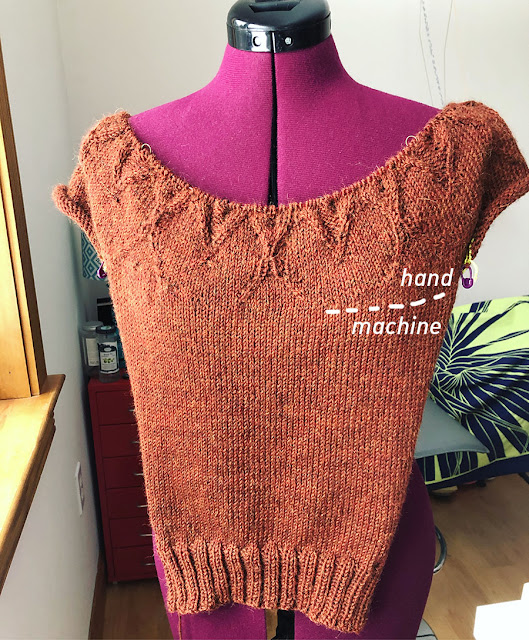






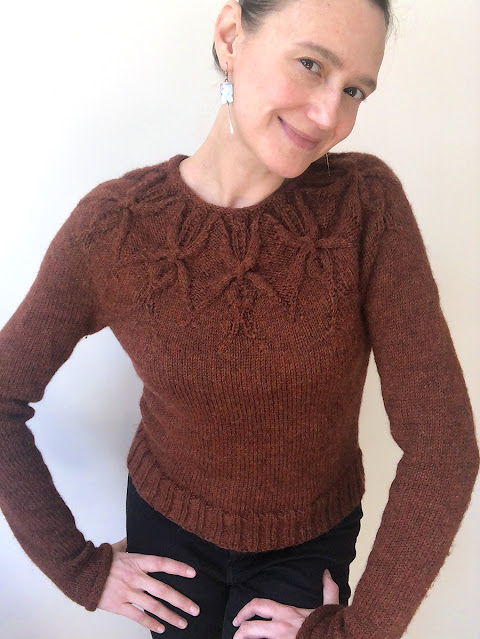

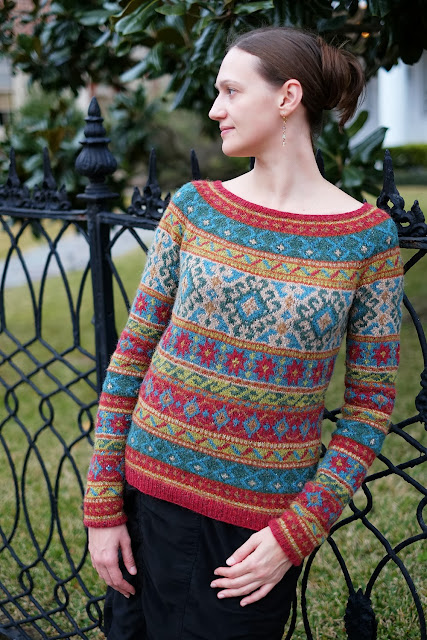
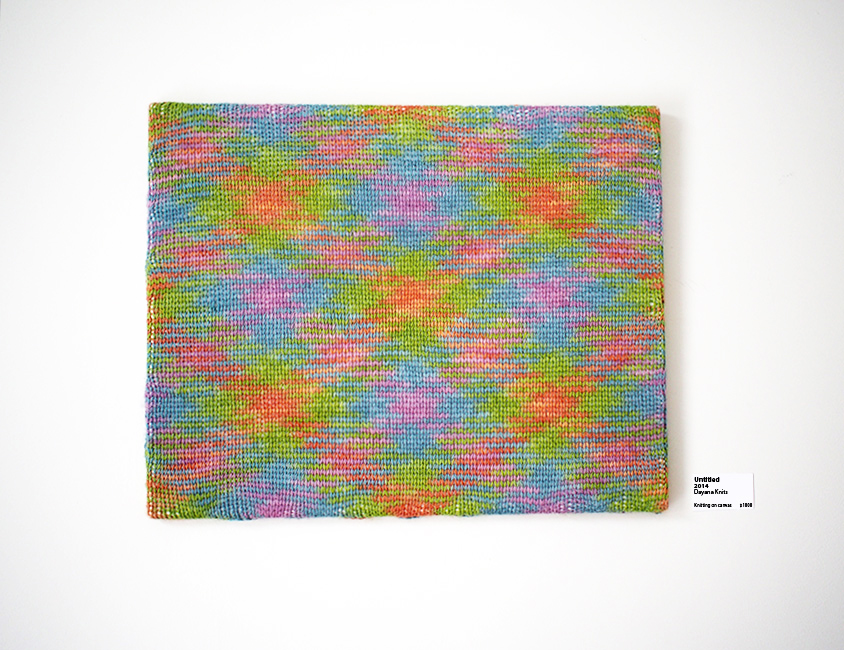
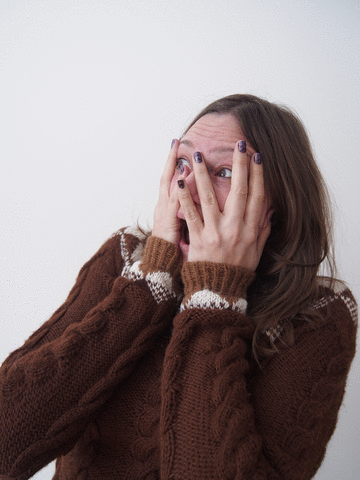
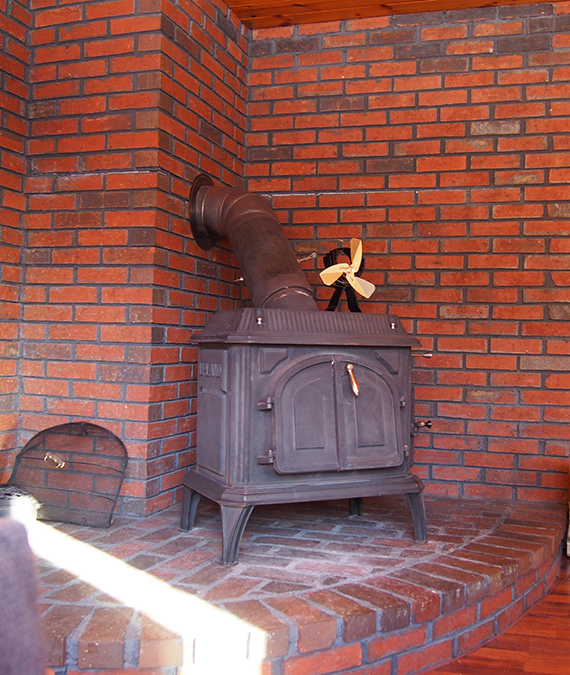
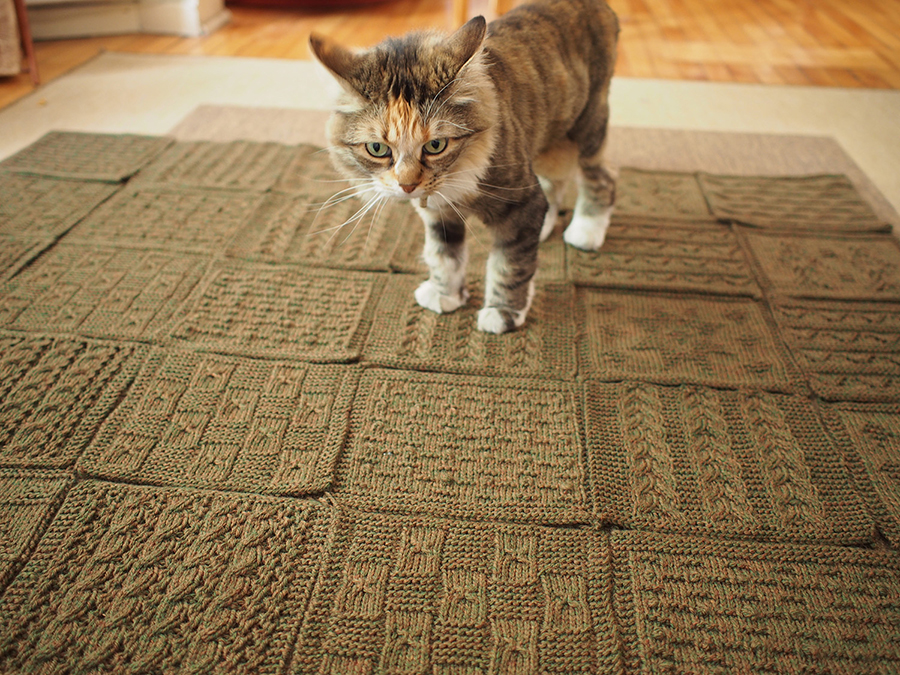
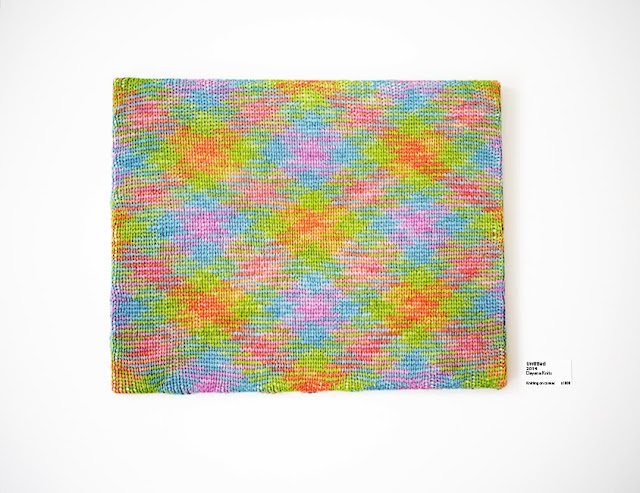


Great sweater and great post, Dayana!
ReplyDelete-- Gretchen (aka stashdragon)
Thanks for the details on combining hand an machine knitting. This is my reason for wanting a knitting machine, and I am excited to get started on it.
ReplyDeleteI'm waiting for my Taitexma TH160 and ribber to arrive - its weeks overdue! Like you, I almost exclusively make handknit patterns as hybrids. Knit it Now is fabulous though - you can spot a handknit, analyse the construction (say drop shouldered crew neck) and generate a pattern at your gauge and simply copy what it was the attracted you to the handknit pattern! Your sweater looks awesome!
ReplyDeleteI accidentally deleted this lovely comment!
ReplyDeleteKnitB4ItWasHip has left a new comment on your post "Combine Hand Knitting with Machine Knitting! Isabel Yoke Sweater":
I am in complete awe of your resourcefulness! I have a knitting machine, but I am so intimidated by it, and as you pointed out, the machine knitting patterns are really outdated. Love how you transitioned the front onto the knitting machine from the circular yoke section. Love love love this post!